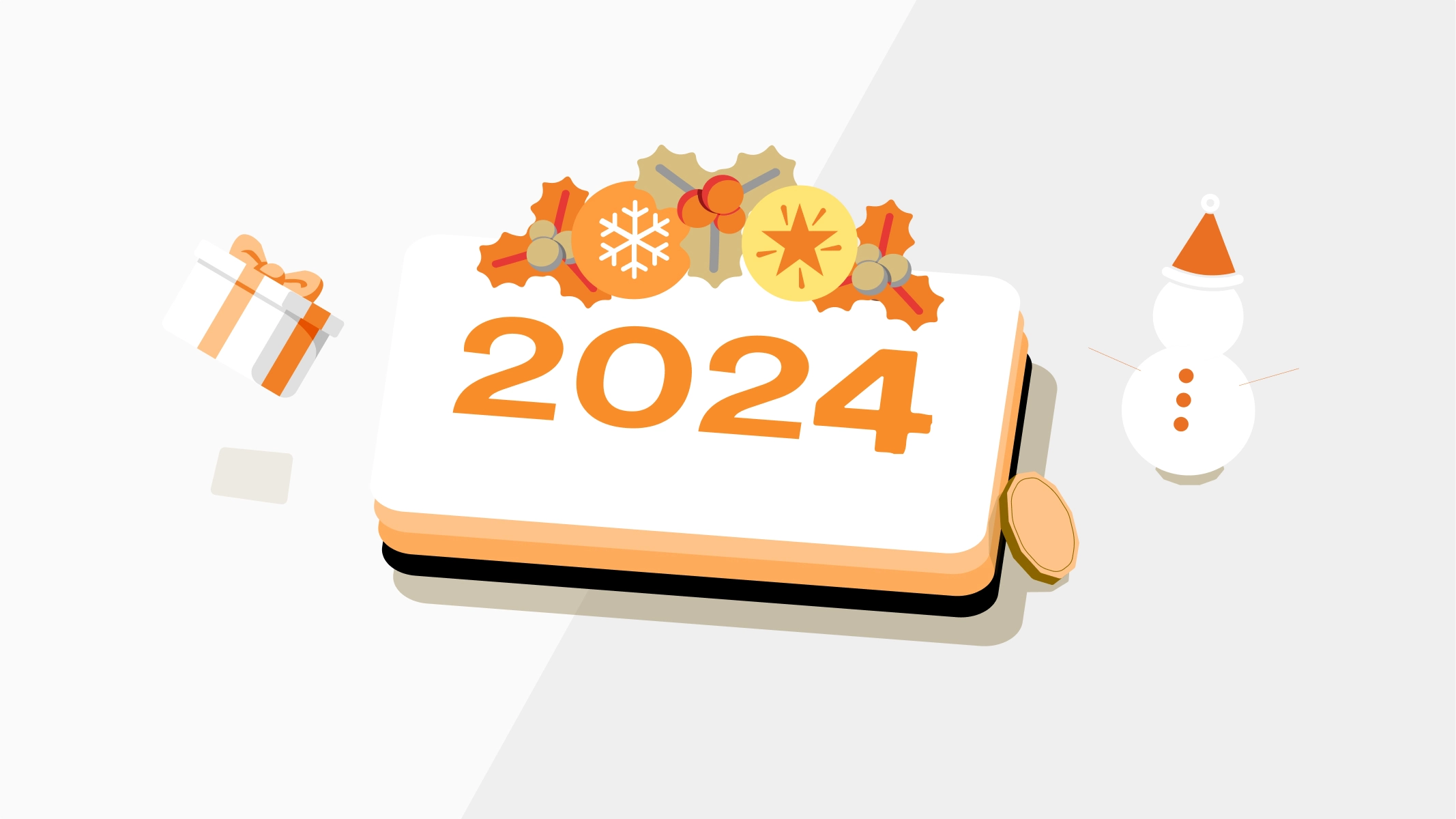Playing catch up with your retirement portfolio
If you've ignored your RSP for years, or even decades, it's not too late to play some catch up.
Don't feel bad, you're not alone
Many Canadians have neglected their retirement savings. Between paying off student debt, saving for a home and raising kids, it's hard to find money for retirement. But let's get you set up so that you can now build wealth and have enough to enjoy a fruitful retirement.
With a simple plan, you can make it happen
The good news is the RSP and TFSA room you've earned over the years or decades is not lost — it's carried forward. There are several hundred billions of dollars of unused RSP contributions in Canada, and you might have tens to hundreds of thousands of dollars of space available.
Option 1: RSP loan
If you find yourself in a situation with healthy and positive monthly cash flows, an RSP loan might be a good idea to turbo charge your RSP investments.
Out of the gate, your RSP contribution will net you a guaranteed return by way of a lower tax rate on earned income. You could see a 30% return (by way of tax return refund) or more, depending on your personal tax rate. Where else can you get that level of guaranteed return? If you got a $50,000 RSP loan and your marginal tax rate is 40% or above, you could see a tax refund of $20,000.
The key is to also take advantage of that $20,000 "windfall." You could use the refund to pay off a portion of your loan. You now have $50,000 invested and a $30,000 loan. You then pay off the remainder of the loan over time and then invest on a regular schedule.
If an RSP loan is not in your best interest, then how about:
Option 2: Automatic contributions to Your RSP
Let's create a hypothetical situation. You're 42, you've only saved $20,000 in your RSP. You now start investing $1,500 per month in your RSP. You invest in a lower-fee globally diversified investment portfolio that earns 6% annually after fees. Your RSP contributions generate a tax refund for you, which you then invest in your TFSA.
Figures are estimated/rounded. Investment returns are not a guarantee.
Scenario 1
- At age 60, your RSP portfolio value is $680,000
- Including TFSA, you have an $850,000 investment portfolio after just 19 years.
Scenario 2
Perhaps you have the ability to invest $1,000 monthly in your RSP.
- By age 60, your RSP portfolio value is $470,000
- Including TFSA, you have a $580,000 portfolio.
Scenario 3
You've waited until age 50 and apply the same RSP investment strategy and invest $1,500 monthly until age 65.
- Your portfolio could grow to $650,000. That's some serious catch up.
You might say Scenario 2 (at age 60) doesn't appear to be setting you up comfortably for your golden years. But I can tell you that my greatest personal finance surprise has been to discover how comfortable and happy so many Canadian retirees are who have low-to-modest retirement income. In the book Retirement Income for Life, author Frederick Vettese details how Canadian retirees spend considerably less in retirement than we might expect.
What's considered a comfortable retirement?
Those RSP investments, combined with Canada Pension Plan (CPP) income (which is available at age 60) and Old Age Security (OAS) (which is available at age 65), might go a long way to deliver a very comfortable retirement. A $580,000 portfolio could potentially deliver $25,000 of durable annual income before any income taxes. For a couple with similar investments, that's $50,000 annually plus any government money. Note: figures are not adjusted for inflation.
You also have options
You might downsize from your mortgage-free home to create a considerable cash pile. You could use property to create additional income. If you take an "early" retirement at age 60, you might consider some part-time work. Or perhaps your catch-up portfolio plus CPP and OAS is more than enough.
The key is to create a simple investment plan and start building wealth, month by month. Invest your money for growth in a low-cost portfolio of stocks, bonds and/or ETFs.
Then enjoy watching your portfolio play a serious game of catch up.

